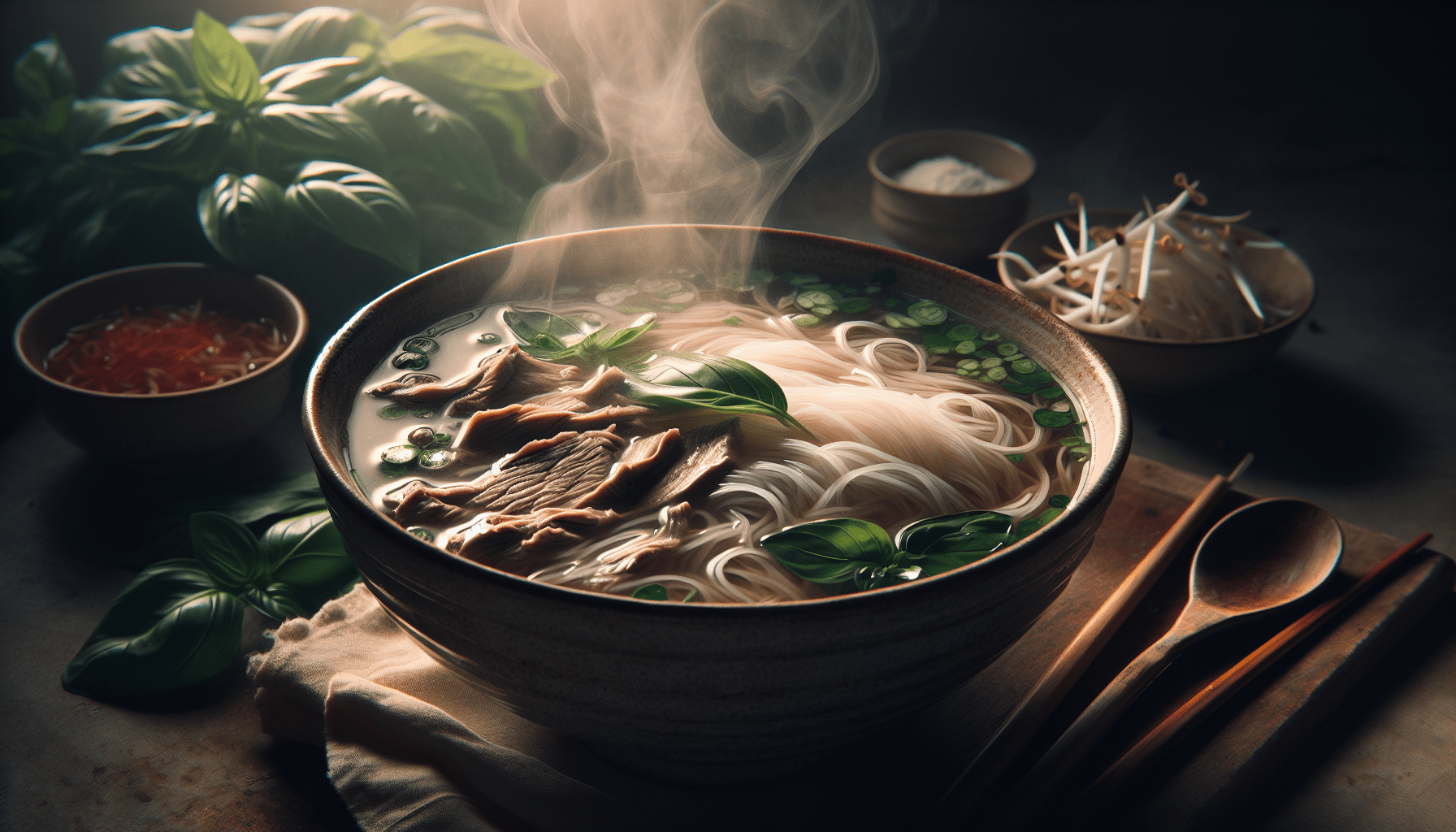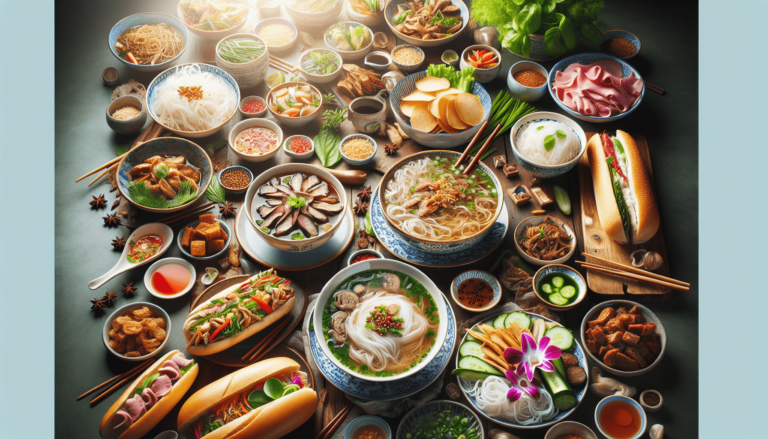Have you ever wondered what Vietnam’s national food dish is? With its rich culinary traditions and vibrant flavors, Vietnam offers a diverse array of dishes that will tantalize your taste buds. From the iconic pho, a fragrant noodle soup overflowing with tender slices of beef or chicken, to the refreshing and healthy goi cuon, a type of spring roll bursting with fresh herbs and shrimp, Vietnamese cuisine offers something for everyone. Whether you’re a fan of spicy, aromatic flavors or prefer lighter, more delicate dishes, Vietnam’s national food dish is sure to satisfy your cravings. To truly experience the authentic taste of Vietnam, make sure to visit any of the Eurasian Bistro locations in Pensacola, where you can indulge in a culinary journey through Vietnam’s vibrant food culture.
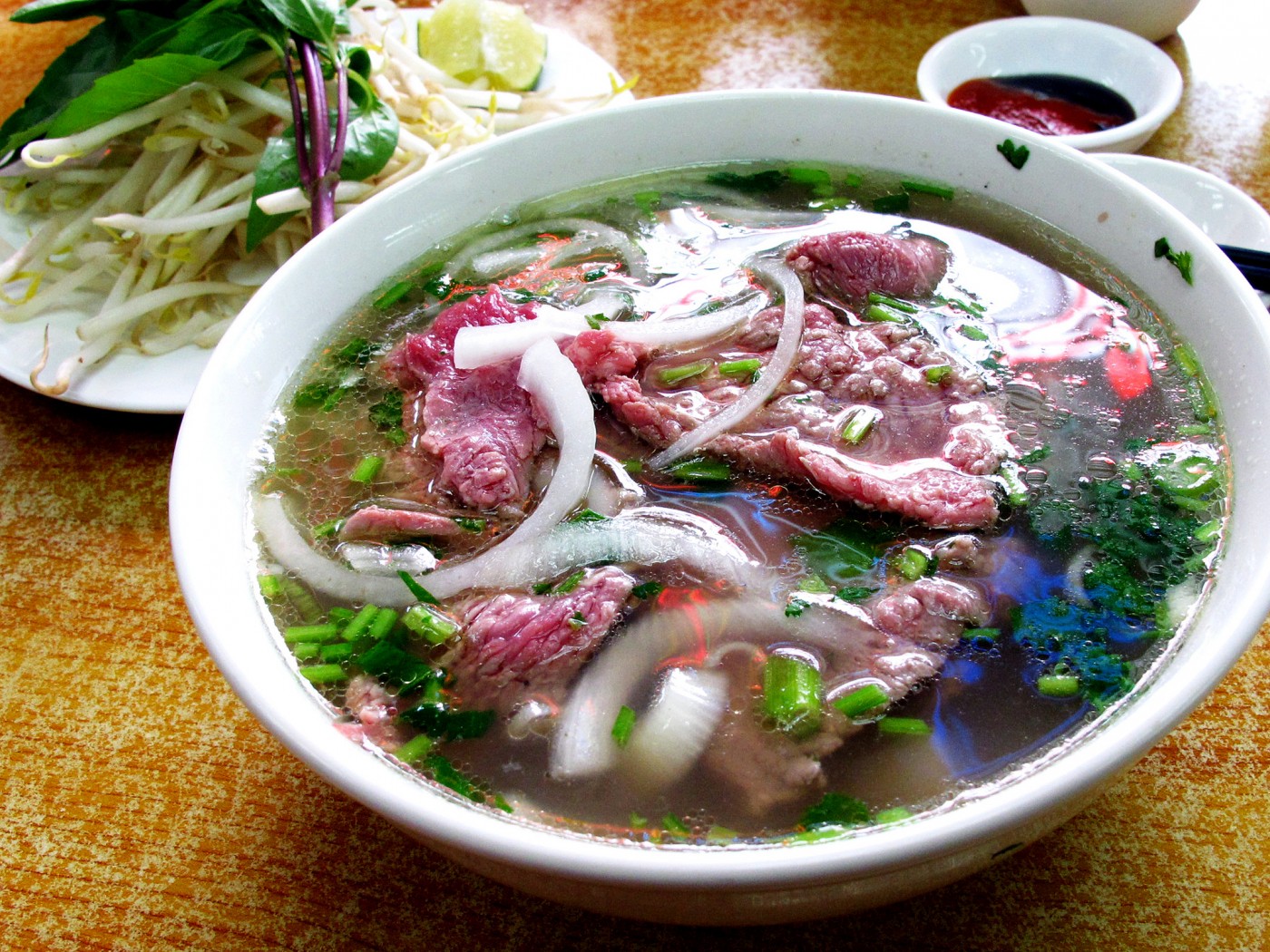
This image is property of travelsquire.com.
Understanding the Significance of a National Dish
When it comes to understanding a country’s culture and heritage, exploring its national dish is an excellent place to start. A national dish represents more than just a favorite food; it carries with it a deep sense of identity, tradition, and history. In this article, we will delve into the concept and meaning of a national dish, its role in promoting cultural identity and heritage, as well as how a national dish is chosen or recognized.
Concept and Meaning of a National Dish
A national dish can be defined as a culinary masterpiece that is widely recognized and embraced as a symbol of a country’s identity. It is a dish that holds great cultural significance and often represents the country’s history, traditions, and values. By enjoying a national dish, people are not only indulging in delicious food but also immersing themselves in the essence of a nation and its people. Each country takes immense pride in their national dish, considering it a hallmark of their culinary heritage.
Role in Promoting Cultural Identity and Heritage
A national dish plays a pivotal role in promoting and preserving a country’s cultural identity and heritage. It is a reflection of the customs, flavors, and techniques that have been passed down through generations. Through the preparation and consumption of a national dish, people can celebrate and showcase their unique traditions and history. It serves as a unifying factor, creating a connection between individuals and their shared cultural roots. In a world that is becoming increasingly globalized, holding onto and celebrating a national dish is a way to cherish and preserve a nation’s distinctive cultural heritage.
How a National Dish is Chosen or Recognized
The process of choosing or recognizing a national dish can vary from country to country. It may be officially designated by the government or organically embraced by the people over time. A national dish often embodies the essence of a country’s cuisine, representing its most beloved flavors and ingredients. It may also be tied to historical events, folklore, or celebrations that hold special cultural significance. Ultimately, the recognition of a national dish is a collective decision made by the people of a nation, who recognize its cultural value and adopt it as a symbol of their culinary heritage.
Introduction to Vietnamese Cuisine
Vietnamese cuisine is a vibrant tapestry of flavors, aromas, and textures that has captivated the palate of food enthusiasts worldwide. Characterized by its fresh ingredients, vibrant herbs, and intricate balance of flavors, Vietnamese cuisine is known for its diverse array of dishes that cater to both meat-lovers and vegetarians alike. In this section, we will provide an overview of Vietnamese cuisine, explore the commonly used ingredients and methods of preparation, and delve into the diversity and regional variations of Vietnamese dishes.
Overview of Vietnamese Cuisine
Vietnamese cuisine is an amalgamation of flavors from various regions, including North, South, and Central Vietnam. It places great emphasis on the use of fresh ingredients, such as herbs, vegetables, and seafood, resulting in dishes that are light, fragrant, and packed with flavors. Rice, noodles, and fresh vegetables form the staple base of many Vietnamese dishes, which are often accompanied by savory broths or dipping sauces. Vietnamese cuisine prides itself on the art of balancing flavors, combining the elements of sweet, sour, salty, bitter, and spicy to create harmonious and memorable culinary experiences.
Commonly Used Ingredients and Methods of Preparation
Vietnamese cuisine showcases a plethora of ingredients that contribute to its unique flavors and textures. Fresh herbs, such as cilantro, mint, and Thai basil, add a burst of freshness to dishes and are often used as garnishes or in salads. Fish sauce, soy sauce, and shrimp paste are popular condiments that lend depth and umami to Vietnamese dishes. Rice and rice noodles feature prominently, serving as the foundation for many iconic Vietnamese creations, such as pho and banh mi. Traditional cooking methods involve stir-frying, steaming, and boiling, aiming to preserve the natural flavors and textures of the ingredients.
Diversity and Regional Variations of Vietnamese Dishes
Vietnam’s regional diversity is reflected in its cuisine, with each region offering its distinctive flavors and specialties. In the northern region, dishes are often characterized by their mild flavors and delicate use of spices. The cuisine of central Vietnam is known for its bold, robust flavors, influenced by the imperial court cuisine of the Nguyen Dynasty. The southern region, particularly Ho Chi Minh City (formerly Saigon), offers a vibrant street food scene and dishes that are richer, sweeter, and spicier. From the iconic pho in the north to the fresh and zesty flavors of banh mi in the south, Vietnamese cuisine is a culinary journey that promises to satisfy and intrigue the taste buds.
Pho: Vietnam’s National Dish
Among the many culinary gems that Vietnam has to offer, pho stands out as the undisputed national dish. Pho, a beloved Vietnamese noodle soup, has gained international recognition and remains a staple in Vietnamese cuisine. In this section, we will explore the origin and history of pho, its popularity in Vietnam and around the world, as well as its significance in Vietnamese culture and traditions.
Origin and History of Pho
Pho’s origins can be traced back to the early 20th century in northern Vietnam, specifically in Hanoi. Influenced by French colonial rule, pho originated from a blend of Vietnamese and French culinary traditions. It was originally known as “pho bo,” with beef being the main protein used in the broth. Over time, pho gained popularity across Vietnam and became a quintessential part of the country’s culinary identity.
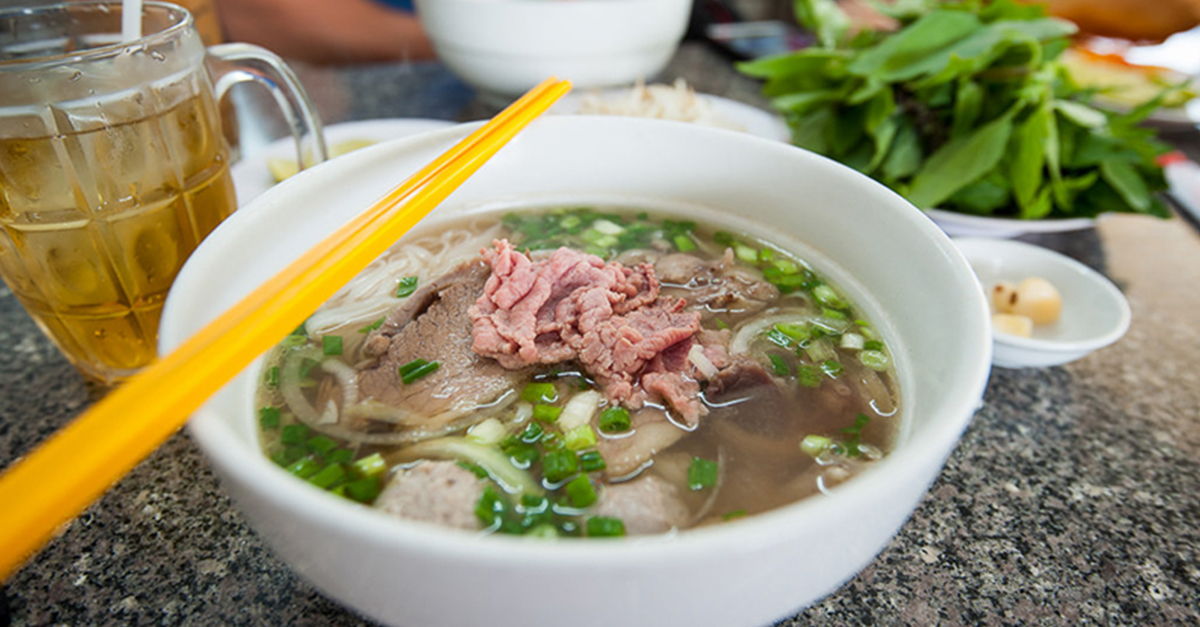
This image is property of nam-viet-voyage.com.
Popularity in Vietnam and Around the World
Pho’s popularity extends beyond the borders of Vietnam, captivating the taste buds of people worldwide. In Vietnam, it is enjoyed at any time of day but is particularly cherished as a breakfast staple. Pho stalls and restaurants can be found on every street corner, with each vendor adding their unique touch to this iconic dish. Outside of Vietnam, pho has become a beloved comfort food, gaining a dedicated following in many countries, such as the United States, Australia, and Canada. Its hearty broth, tender meat, and fragrant herbs have made it a go-to dish for those seeking a taste of Vietnam’s culinary prowess.
Significance in Vietnamese Culture and Traditions
Pho holds a deep significance in Vietnamese culture and traditions. It is not just a bowl of soup but rather a symbol of family, togetherness, and cherished memories. Pho holds a special place in celebratory events and family gatherings, where it is enjoyed in large groups, fostering a sense of community and sharing. Additionally, pho is deeply connected to Vietnamese home cooking, with many families passing down their secret recipes and techniques from one generation to another. It embodies the warmth and hospitality that Vietnamese culture is renowned for, making it a dish that is savored with both the palate and the heart.
The Anatomy of Pho
To truly appreciate pho, one must understand its distinct components and the intricate balance of flavors that make it an exceptional culinary experience. In this section, we will explore the basic ingredients of pho, the importance of herbs and condiments, as well as the variations of pho, including beef (pho bo) and chicken (pho ga).
Basic Ingredients: Rice Noodles, Meat, and Broth
At the heart of every bowl of pho are three essential components: rice noodles, meat, and broth. Rice noodles, also known as “banh pho,” are soft, silky, and provide a delicate base for the other ingredients. The meat component can vary, with beef (pho bo) being the most common choice and chicken (pho ga) offering a lighter alternative. The broth, made by simmering bones, aromatics, and spices for hours, is the soul of pho, infusing it with rich flavors and nourishing qualities.
Importance of Herbs and Condiments
Herbs and condiments play a vital role in elevating the taste and experience of pho. A plate of fresh herbs, including Thai basil, cilantro, bean sprouts, and lime wedges, is served alongside the bowl of pho. Adding these herbs to the soup adds a burst of freshness, fragrant aromas, and a pop of color. Additionally, condiments like hoisin sauce, sriracha, and chili paste can be added to customize the flavor profile of the pho, allowing each individual to tailor their bowl to their personal preferences.

This image is property of i0.wp.com.
Variations of Pho: Beef (Pho Bo) and Chicken (Pho Ga)
While beef and chicken are the most common meat choices for pho, there are subtle differences in their flavors and textures. Pho bo, made with beef, offers a robust and hearty broth, complemented by tender slices of beef cooked at varying degrees of doneness. Pho ga, on the other hand, features a lighter chicken broth, with the chicken meat providing a lean and delicate alternative. Both variations, however, share the same foundation of rice noodles and fragrant herbs, ensuring a delightful and satisfying pho experience.
Pho’s Role in the Daily Life of Vietnamese People
Pho isn’t just a dish enjoyed occasionally; it has woven its way into the daily lives of the Vietnamese people. In this section, we will explore pho as a breakfast staple in Vietnam, its role in celebratory events and family gatherings, and its deep connection to Vietnamese home cooking.
Pho as a Breakfast Staple in Vietnam
In Vietnam, pho is commonly enjoyed as a satisfying breakfast to kickstart the day. Locals flock to their favorite pho stalls, where they savor a piping hot bowl of pho before starting their daily activities. The warm broth, invigorating noodles, and fragrant herbs provide the perfect combination of flavors and textures, energizing individuals for the day ahead. Pho has become deeply ingrained in Vietnamese breakfast culture, symbolizing the beginning of a new day and the promise of nourishment and delight.
Serving Pho in Celebratory Events and Family Gatherings
Pho’s versatility makes it an ideal choice for celebratory events and family gatherings in Vietnam. Whether it’s a wedding, Lunar New Year, or any other special occasion, pho often takes center stage, bringing people together in celebration. Large pots of steaming pho are prepared, allowing everyone to serve themselves and enjoy the communal experience of sharing a flavorful and satisfying meal. Pho’s presence in these cherished moments fosters a sense of connection, highlighting the importance of family and togetherness in Vietnamese culture.
Pho and Its Connection to Vietnamese Home Cooking
Pho is not just a dish found in restaurants or street stalls; it is deeply intertwined with Vietnamese home cooking. Many families take pride in their pho recipes, which have been passed down from generation to generation. The process of making pho involves meticulous preparation and hours of simmering, ensuring that every spoonful of broth is filled with layers of complex flavors. Vietnamese home cooks infuse their own personal touch into the recipe, creating a sense of familiarity and nostalgia with every bowl. Pho represents the heart and soul of Vietnamese cuisine, preserving the traditions and flavors that have been cherished within families for centuries.
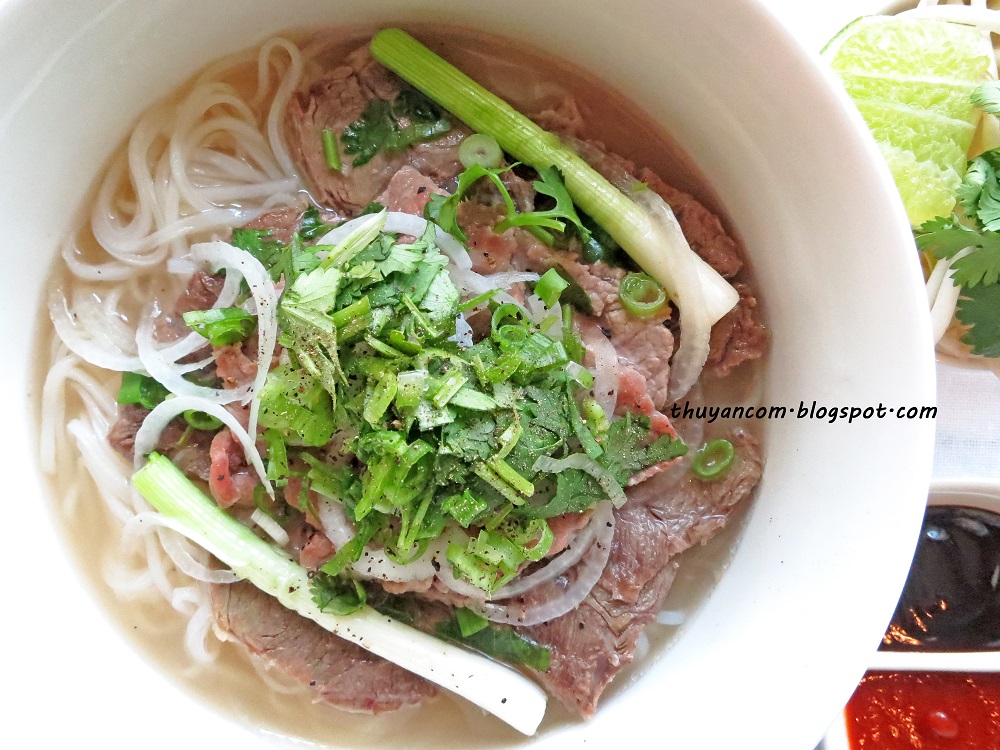
This image is property of ingmar.app.
Pho Across the Regions: North vs. South
While pho is beloved throughout Vietnam, there are subtle differences in how it is prepared and presented in the northern and southern regions. In this section, we will explore the variations between Hanoi pho in the north and Saigon pho in the south, as well as the regional preferences in toppings and flavor enhancements.
Differences in Preparation and Presentation Between the Two Regions
Hanoi pho, originating from the northern region of Vietnam, is known for its simplicity and purity of flavors. The broth is typically clear, with a delicate balance of spices and herbs. The focus is on the quality of the beef and the clarity of the broth, resulting in a subtle yet satisfying pho experience. Saigon pho, on the other hand, demonstrates the influence of southern Vietnamese cuisine, with a more complex and fragrant broth. It often includes additional ingredients such as bean sprouts, hoisin sauce, and chili garlic paste, providing a bolder and more vibrant flavor profile.
Taste Profiles: Hanoi Pho vs. Saigon Pho
The taste profiles of Hanoi pho and Saigon pho reflect their respective regions. Hanoi pho tends to be milder and more refined, allowing the natural flavors of the beef and broth to shine. The broth is rich but not overly seasoned, allowing the nuances of the spices to unfold slowly. Saigon pho, in contrast, is known for its stronger and more robust flavors. The addition of various condiments and garnishes adds layers of complexity, creating a symphony of flavors that excite the taste buds. Both versions of pho offer an exceptional culinary experience, showcasing the regional diversity and preferences within Vietnamese cuisine.
Regional Preferences in Toppings and Flavor Enhancements
The choice of toppings and flavor enhancements in pho varies between the northern and southern regions of Vietnam. In Hanoi, simplicity is key, and the toppings are minimal. Slices of tender beef, green onions, and a sprinkle of black pepper are often the only additions, allowing the purity of the broth to take center stage. In Saigon, a wider range of toppings is typically offered, including bean sprouts, Thai basil, mint leaves, lime wedges, and various condiments. The array of toppings allows diners to customize their pho to their liking, creating a personalized flavor profile that suits their individual preferences.
Preparation of Pho: An Art of Balance
Behind every bowl of pho lies an intricate and time-honored process of preparation. In this section, we will explore the steps involved in making a pho broth, the importance of layering flavors, and the secret to achieving the perfect blend of aromas and tastes.

This image is property of qph.cf2.quoracdn.net.
Steps Involved in Making a Pho Broth
The process of making a pho broth is a labor of love, requiring careful attention to detail and patience. It begins with simmering beef or chicken bones, along with charred onions and ginger, in a large pot of water. As the broth slowly simmers, impurities rise to the surface and are skimmed off to ensure clarity and purity. A blend of aromatic spices, such as star anise, cinnamon, and cloves, is added to infuse the broth with its distinctive flavors. The broth is allowed to simmer for several hours, allowing the flavors to develop and intensify, resulting in a rich, flavorful base for the pho.
Importance of Layering Flavors
The art of making pho lies in the careful layering of flavors to create a harmonious and balanced broth. Each ingredient and spice plays a crucial role in adding depth and complexity to the overall taste of the dish. The use of charred onions and ginger adds a smoky sweetness, while aromatic spices lend warmth and complexity. The umami-rich fish sauce provides a savory depth, and the careful choice and preparation of meat add richness and texture. By thoughtfully layering each element, Vietnamese cooks achieve a broth that is not only satisfying but also a delight to the senses.
The Perfect Blend: Solving the Secret of a Great Pho
Solving the secret to achieving a great pho involves balancing the flavors and achieving the perfect blend that satisfies the palate. It requires a keen understanding of the ingredients, their proportions, and the cooking techniques involved. The broth should be rich and aromatic, with a balance of savory, sweet, and herbal notes. The meat should be tender and full of flavor, complementing the delicate rice noodles that soak up the broth. Achieving the perfect blend of flavors in pho involves practice, precision, and an appreciation for the culinary art form that is Vietnamese cuisine.
Appreciating Pho: The Right Way to Eat
To fully appreciate the experience of enjoying pho, it is essential to understand the traditional etiquette when eating this iconic dish. In this section, we will explore the proper way to eat pho, including how to add and mix condiments, as well as common pho eating mistakes made by foreigners.
Traditional Etiquette When Eating Pho
In Vietnam, there is a traditional etiquette that accompanies the act of eating pho. Firstly, it is customary to hold the spoon in your dominant hand and use chopsticks to maneuver the noodles and other ingredients. This allows for greater control and precision when enjoying the dish. It is also considered polite to slurp the noodles audibly, as it is believed to enhance the flavors and show appreciation for the chef. Additionally, when finished, it is customary to push the bowl away, signaling that you have finished your meal.
How to Add and Mix Condiments
Adding and mixing condiments in pho is a personal choice, allowing each diner to customize the flavors to their liking. Once the pho is served, you can add a squeeze of lime juice for a tangy freshness or sprinkle some chili paste or sriracha for a spicy kick. Hoisin sauce adds sweetness and richness to the broth, while bean sprouts and herbs contribute texture and freshness. It is essential to add the condiments gradually, tasting as you go, to ensure that the balance of flavors remains harmonious.
Common Pho Eating Mistakes Made by Foreigners
For those new to the world of pho, there are common eating mistakes that are made by foreigners. One common mistake is adding all the condiments at once, overwhelming the flavors and masking the delicate balance of the broth. It is important to start with small amounts and gradually adjust according to your preferences. Another mistake is cutting the noodles too short, as the length of the noodles is believed to represent longevity and good fortune. Finally, using chopsticks incorrectly or attempting to mix the noodles and broth with a fork can be seen as improper etiquette. Embracing the traditional way of eating pho enhances the overall experience and allows you to fully savor the flavors.
Where to Best Experience Pho
While pho can be enjoyed in numerous establishments, there are some well-known places in Vietnam that offer an exceptional pho experience. In this section, we will highlight popular pho establishments in Vietnam and invite readers to visit the Eurasian Bistro locations in Pensacola.
Popular Pho Establishments in Vietnam
Vietnam is renowned for its street food culture, and many of the best pho experiences can be found at local street stalls and hole-in-the-wall eateries. In Hanoi, establishments like Pho Gia Truyen and Pho Thin are famous for their excellent pho bo, attracting locals and tourists alike. In Ho Chi Minh City, establishments such as Pho Hoa and Pho Le offer a taste of the vibrant southern pho scene. These popular pho establishments showcase the diverse regional flavors and techniques that can be found throughout Vietnam.
The Eurasian Bistro’s Rendition of Pho: A Culinary Journey
For those unable to travel to Vietnam, the Eurasian Bistro in Pensacola offers a unique culinary journey through their rendition of pho. With a dedication to authenticity and quality, the Eurasian Bistro presents a genuine taste of Vietnam in the heart of Florida. Their carefully prepared pho blends rich broth, tender meat, and fresh noodles to create a dish that transports diners to the vibrant streets of Vietnam. By paying homage to the tradition and flavors of pho, the Eurasian Bistro offers an opportunity to experience Vietnamese cuisine without leaving the United States.
Pho Outside of Vietnam: Global Acceptance
The global acceptance and popularity of pho have made it a staple in many western countries, serving as a bridge between cultures and promoting Vietnamese culinary influences. In this section, we will explore the popularity of pho in western countries, its adaptation to different cultures and tastes, as well as its role in promoting Vietnamese culinary influences globally.
Popularity of Pho in Western Countries
Pho’s popularity has transcended borders and found a dedicated following in western countries. The fragrant broth, tender meat, and fresh ingredients have made pho a sought-after dish in cities like Los Angeles, Sydney, and London. Vietnamese restaurants specializing in pho have sprouted up worldwide, offering locals and tourists an authentic taste of Vietnam. The increasing popularity of Asian cuisine, coupled with a growing interest in exploring new flavors, has contributed to the widespread acceptance and love for pho in western countries.
How Pho Has Adapted to Different Cultures and Tastes
As pho has gained recognition and popularity outside of Vietnam, it has also adapted to different cultures and tastes. In western countries, pho is often modified to suit local preferences, incorporating ingredients such as bok choy, shiitake mushrooms, or even tofu to cater to vegetarian or vegan diets. The essence of pho remains intact, however, with the emphasis on fresh ingredients, fragrant herbs, and intricate flavors. This adaptation allows pho to find a place in the culinary scene of different countries while honoring its Vietnamese roots.
The Role of Pho in Promoting Vietnamese Culinary Influences Globally
Pho serves as a powerful ambassador for Vietnamese cuisine, promoting its culinary influences and raising awareness about the rich flavors and traditions of Vietnam. Through the growing popularity of pho, diners are introduced to the unique combination of flavors, the meticulous techniques, and the cultural significance that underpin Vietnamese cuisine. Pho’s ability to captivate taste buds and inspire a love for Vietnamese flavors has led to an increased appreciation for other Vietnamese dishes, such as banh mi, bun cha, and fresh spring rolls. By embracing pho, individuals are also embracing the broader world of Vietnamese culinary delights.
In conclusion, understanding the significance of a national dish, such as pho in Vietnam, provides a glimpse into the rich tapestry of a country’s culture, history, and culinary traditions. Pho represents the heart and soul of Vietnamese cuisine, captivating the taste buds of people worldwide with its fragrant broth, tender meat, and delicate rice noodles. Its popularity has helped promote Vietnamese culinary influences globally, while its deep connection to Vietnamese culture and daily life makes it a dish worth savoring. So whether you find yourself in Vietnam or at a Vietnamese restaurant abroad, be sure to indulge in a steaming bowl of pho and experience the symphony of flavors that have made it a national treasure.

